
Polarized Training Pathway
In collaboration with Dr. Stephen Seiler, the “father of polarized training,” we have curated everything you need to know about the 80/20 training method.

Cycling training is a science and an art. How endurance athletes train, when they train, and the intensity and duration of that training all affect the gains and adaptations they see.
Proper interval execution is essential to see the expected progress. How you analyze and interpret all that data is equally valuable. Of course, training needs to be planned so it fits into any given season, race schedule, and lifestyle. Off the bike, the importance of strength and conditioning is often neglected.
This is training. This process is what athletes live for.

In collaboration with Dr. Stephen Seiler, the “father of polarized training,” we have curated everything you need to know about the 80/20 training method.

Interval workouts are a fundamental part of any endurance training program. Learn exactly what intervals are, why they are so important, and how to properly execute interval workouts with the help of Sebastian Weber, Neal Henderson, and Dr. Stephen Seiler.
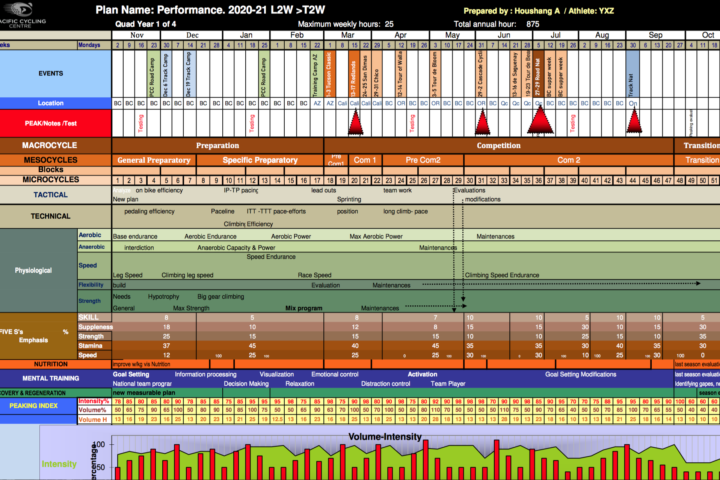
We review the art and science of developing and maintaining an annual training plan, which helps athletes progress and perform at their best.

It’s hard to find time to fit in the long, slow miles that traditionally comprise the base season. Coach Trevor Connor offers suggestions for improving life-training balance, understanding quality versus quantity, and more.

Dr. Stephen Seiler and his daughter, an elite runner and sport science student, analyze bronze medalist Molly Seidel’s Olympic training.
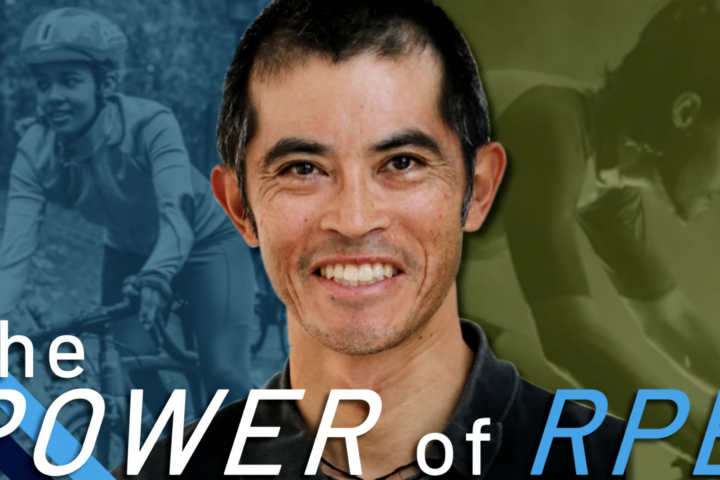
The RPE scale is often overlooked in a world of power meters and heart-rate straps. Dr. Stephen Cheung explains how and why you can use RPE to improve your training, even if you collect data.

Mentors help athletes by providing guidance, teaching a philosophy, and serving as a confidante. Do you need a mentor to reach your full potential?

Coach Julie Young breaks down the art and training of cyclocross—from training to skills, racing to drills.

Coach Connor busts several myths as he discusses the good, the bad, and the ugly of CTL.

Coach Connor details the best practices for 5×5-minute intervals, from their physiological benefits to how and why you should do them. INCLUDES downloadable workout files.
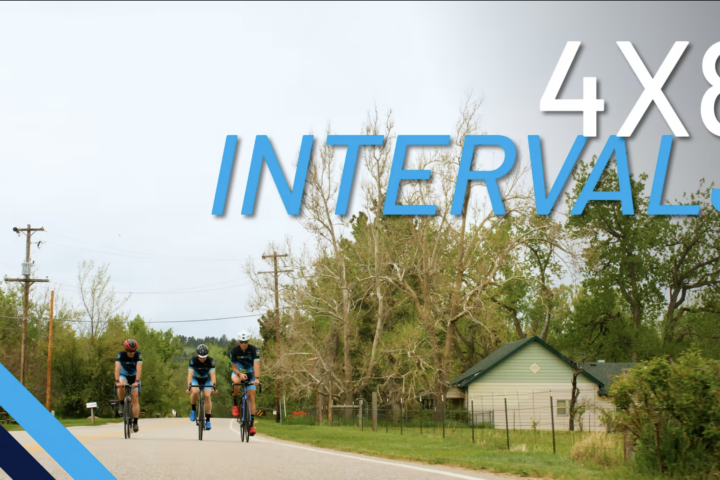
Coach Connor details the best practices for 4×8-minute intervals, from their physiological benefits to how and why you should do them. INCLUDES downloadable workout files.
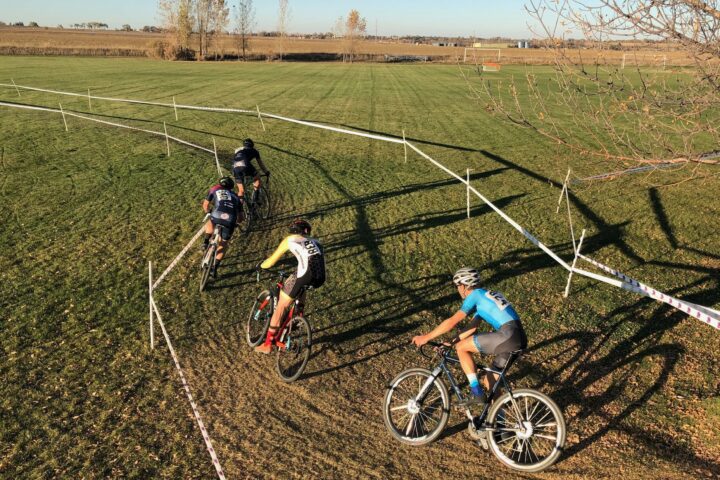
Coach Alec Donahue of Cycle-Smart helps us answer questions about training zones, cyclocross, weekly planning, and alcohol.

Coach Ryan Kohler discusses why a pacing strategy for climbing is so critical and shares the best ways to create your own pacing strategy based on several possible metrics.

Dr. Andy Pruitt and Betsy Welch hold a frank discussion about saddle sores, sexual dysfunction, and other female-specific saddle/chamois pathologies, addressing both preventative measures and potential long-term consequences.

Coach Wenzel helps answer questions on travel, final race prep, big gear work on LSD rides, pushing through exhaustion, and training races.
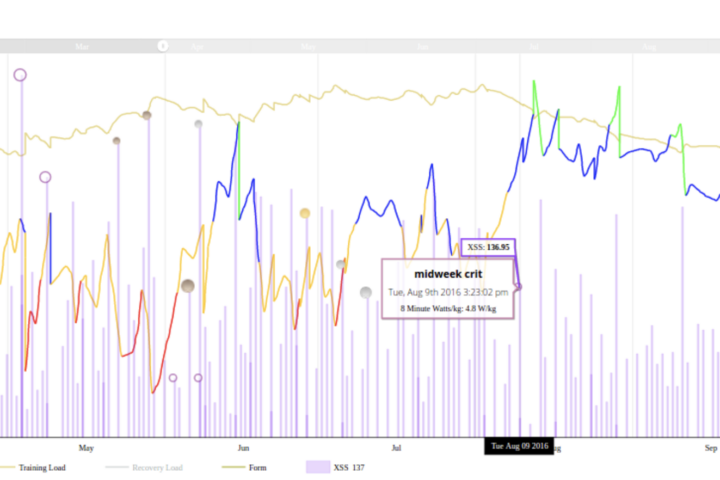
The interrelationship between form, fitness, and fatigue is the basis for quantifying training load. Performance Management Charts help athletes visualize and interpret that balance. Coach Trevor Connor explains the science.

TrainingPeaks is popular, but WKO5 is a much more powerful tool. Coach Trevor Connor has extensive experience with WKO and shares his favorite features.
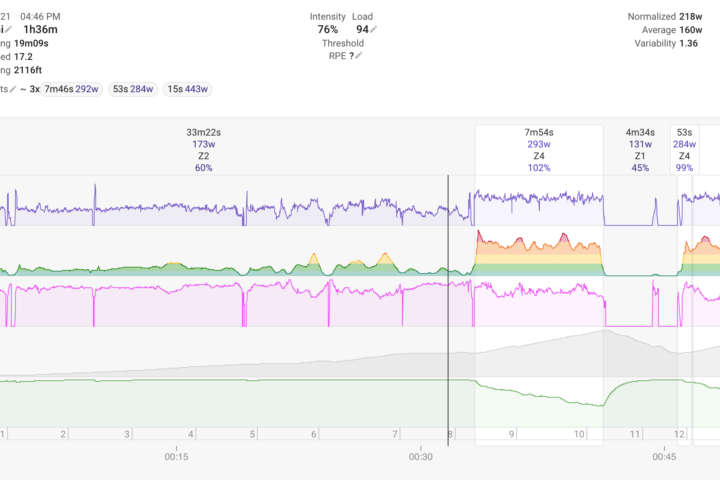
Physiologists and coaches have attempted to quantify training through both external and internal measures. We review the primary training metrics and detail the benefits and shortcomings of each.

Nerd Lab! In this episode, Mr. Pickels nerds out with Coach Trevor Connor for a deep dive into new scientific research findings.
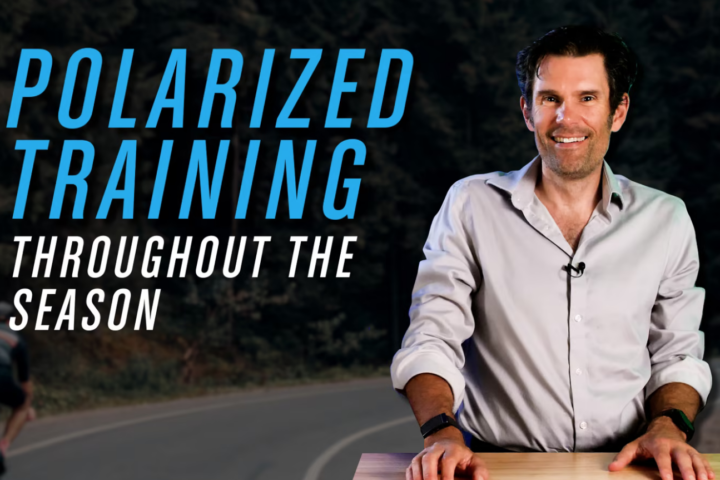
Coach Trevor Connor details how to apply the polarized training method and distribute intensity across your entire season.

Head Coach Ryan Kohler details his favorite features of intervals.icu, a relatively new data analysis tool.
Should you pay attention to the numbers on your head unit while you’re racing? If so, which ones, and when? We dive in with TrainingPeaks co-founder Dirk Friel.